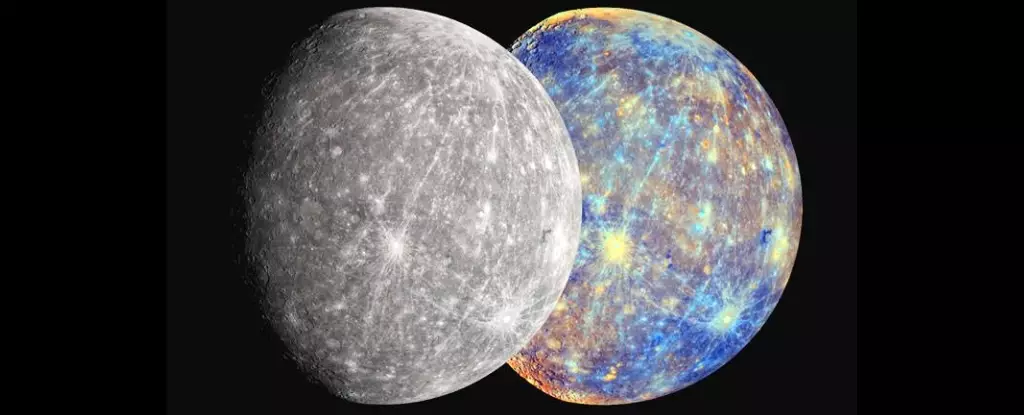July 2025 offers skywatchers a golden opportunity to observe Mercury at its most favorable view this year. Known for its elusive nature and fleeting appearances, Mercury’s greatest elongation—its maximum angular distance from the Sun—provides the ideal window for catching this tiny planet free from the Sun’s glare. This event, occurring just days before Mercury’s aphelion, promises a momentous chance to glimpse a world that has mystified astronomers and telescopes alike for centuries. For amateur astronomers, casual skywatchers, or anyone eager to connect with the cosmos firsthand, this is an event not to be missed.
Mercury’s orbit, completing a full revolution around the Sun every 88 days, leads to it reaching maximum elongation six times annually—three times in the morning sky and three times in the evening. In July 2025, the planet’s dusk visibility peaks, especially on July 4th, positioning Mercury approximately 26 degrees east of the Sun. This is a prime chance to observe Mercury in the twilight glow, just above the horizon roughly 30 minutes after sunset. Despite its proximity to the Sun, Mercury’s brightness—reaching magnitude +0.5—makes it detectable when conditions are right, especially if you scan carefully along the western horizon.
This window of visibility isn’t just a chance to see Mercury; it’s an opportunity to understand the complexities of planetary geometry. The planet’s apparent position varies with seasons and the inclination of its orbit relative to Earth. August and September will see Mercury recede back toward the Sun, making July a brief but precious period to observe this tiny, often overshadowed planet. For dedicated skywatchers, this is akin to catching a fleeting glimpse of a rare jewel—one that requires patience, good timing, and a bit of luck.
Understanding Mercury’s Unique Visibility and Celestial Dance
Mercury’s apparent movement across our sky is far more intricate than it initially seems. Its orbital eccentricity causes variations in its distance from Earth and the Sun, adding layers of complexity to its observation. The planet’s orbit brings it alternately east and west of the Sun during these elongations—oscillations that are crucial for understanding Mercury’s position and visibility cycle. As it approaches greatest eastern elongation, Mercury is most visible post-sunset, offering an evening star that’s both elusive and captivating.
However, not every elongation is equal. Viewing conditions are heavily influenced by the angle of the ecliptic relative to the horizon. During July, the ecliptic’s slant allows Mercury to stand out more prominently in the early evening sky. Enthusiasts should note that Mercury will appear as a slender, half-phase disk during its greatest elongation, providing a fascinating sight through telescopes. As the planet transitions to a thinner crescent, it becomes increasingly challenging to differentiate, but this just adds to the thrill of spotting Mercury in the dusk’s dimming light.
Beyond its visual appeal, Mercury’s proximity to the Sun and its dynamic orbit have long made it an object of scientific curiosity. NASA’s MESSENGER mission provided close-up images revealing features comparable to our Moon, minus the extensive maria plains. Today, ongoing missions like JAXA/ESA’s BepiColombo are poised to deepen our understanding as they prepare for orbit insertion late next year. Interestingly, Mercury also sports a comet-like sodium tail, a phenomenon driven by solar wind—a testament to its active exosphere and ongoing interactions with solar emissions. This tail, observed even by amateur astronomers, underscores the peculiar and constantly evolving nature of Mercury.
Myth, Observation, and the Future of Mercury Exploration
While Mercury’s visual rarity has historically kept it on the sidelines of popular astronomy, advances in space exploration continue to shed light on this dark, mysterious world. The recent confirmation of Mercury’s sodium tail by observatories and amateurs alike, alongside high-resolution images from orbiting spacecraft, have transformed our understanding of its geology and exosphere. These discoveries dispel the myth that Mercury is merely a bleak, inert rock and reveal a planet brimming with activity, albeit subtle and often hidden in plain sight.
For observers, the upcoming event is an invitation to participate in a global exploration—one that bridges amateur skywatching with cutting-edge science. Watching Mercury wane from a half-phase to a crescent isn’t just about impressive telescopic views; it’s about contemplating the dynamic interplay of planetary motions, solar influence, and human curiosity. The beauty of Mercury is that it challenges us to look closer, think deeper, and appreciate how much there still is to learn about our closest planetary neighbor.
Meanwhile, future missions like BepiColombo will continue to unlock Mercury’s secrets, but the best discoveries often start with a simple glance—a fleeting moment of wonder in the early evening sky. As July unfolds, it’s more than an astronomical event; it’s a reminder of humanity’s relentless pursuit of understanding the universe, one small planet at a time.


Leave a Reply